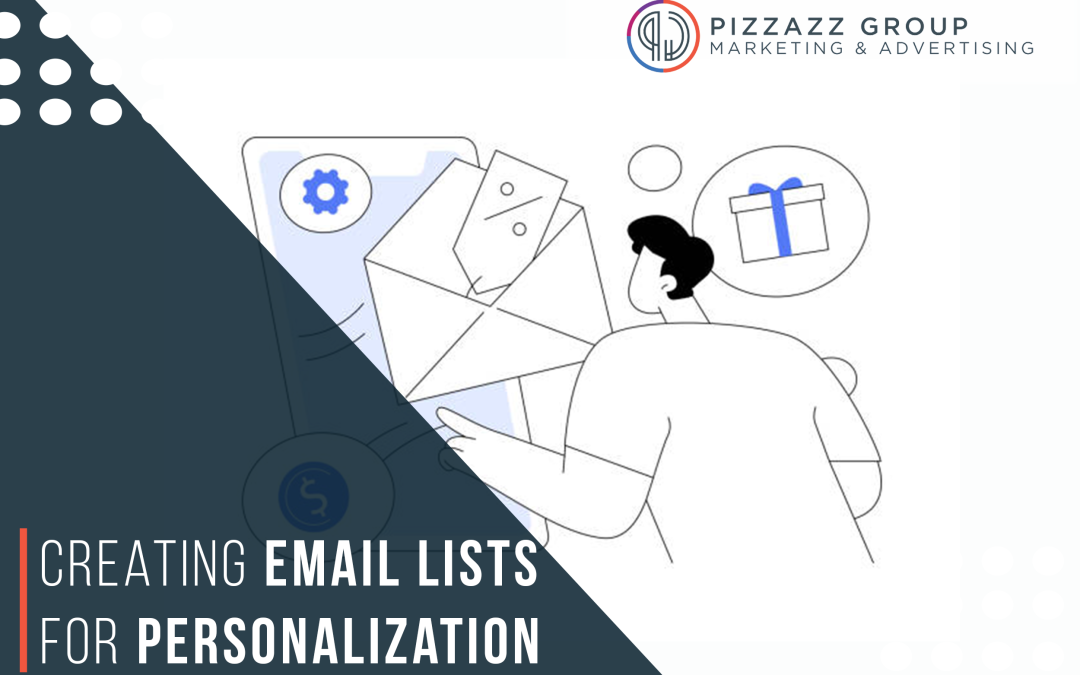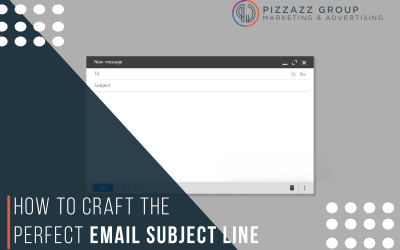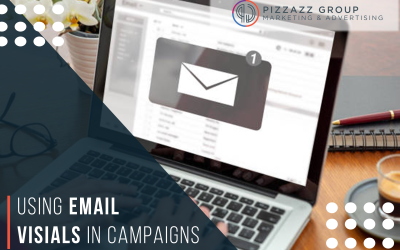
The days of generic mass-emailing are long gone. Incorporate email list personalization and segmentation to engage recipients, increase open rates, drive conversions, and foster long-term customer relationships. This guide explores the importance of creating email lists tailored for personalization and segmentation, the steps to build effective lists, best practices for managing and utilizing them, and tips to maximize engagement and ROI.
Understanding Personalization and Segmentation
Email List Personalization in email marketing involves customizing content, offers, and messages to individual recipients based on their preferences, behaviors, and demographics. It goes beyond addressing recipients by their first name; it’s about delivering relevant and timely content that resonates with their interests and needs.
The days of generic mass-emailing are long gone. Incorporate email list personalization and segmentation to engage recipients, increase open rates, drive conversions, and foster long-term customer relationships. This guide explores the importance of creating email lists tailored for personalization and segmentation, the steps to build effective lists, best practices for managing and utilizing them, and tips to maximize engagement and ROI.
Understanding Personalization and Segmentation
Email List Personalization in email marketing involves customizing content, offers, and messages to individual recipients based on their preferences, behaviors, and demographics. It goes beyond addressing recipients by their first name; it’s about delivering relevant and timely content that resonates with their interests and needs.

Segmentation, on the other hand, involves categorizing your email list into smaller, targeted groups based on specific criteria such as demographics, purchase history, engagement level, geographic location, or other relevant factors. Segmentation allows marketers to send highly targeted messages to different segments of their audience, improving relevance and effectiveness.
Benefits of Personalization and Segmentation
1. Higher Engagement: Personalized emails resonate better with recipients, leading to higher open rates, click-through rates (CTR), and conversion rates.
2. Improved Relevance: Tailoring content to specific segments ensures that recipients receive information that is pertinent to their needs and interests.
3. Enhanced Customer Experience: Personalization and segmentation demonstrate that you understand your audience, fostering a deeper connection and loyalty.
4. Optimized Campaign Performance: Targeted emails are more likely to drive desired actions (e.g., purchases, sign-ups) because they address specific pain points or interests of recipients.
Steps to Create Effective Email List Personalization & Segmentation
1. Define Your Audience Segments
Start by identifying different segments of your audience based on relevant criteria:
• Demographics: Age, gender, income level, job title, education level, etc.
• Behavioral Data: Purchase history, website interactions, engagement with previous emails, etc.
• Preferences: Content interests, product preferences, communication preferences, etc.
• Lifecycle Stage: New leads, active customers, dormant customers, loyal customers, etc.
2. Collect and Organize Data
Gather data from various sources to populate your email list personalization and segment information:
• Website Forms: Capture visitor information through sign-up forms, lead magnets (e.g., eBooks, whitepapers), and newsletter subscriptions.
• CRM Systems: Integrate customer relationship management (CRM) data to access purchase history, customer interactions, and segmentation details.
• Purchase History: Use transactional data to categorize customers by past purchases, order frequency, average order value (AOV), etc.
• Surveys and Feedback: Collect additional insights through surveys, feedback forms, or preference centers to refine segmentation.
3. Segment Your Email List
• Behavioral Segmentation: Group recipients based on their interactions with your emails, website, or previous purchases.
• Demographic Segmentation: Categorize recipients by age, location, gender, income, etc., to tailor messaging appropriately.
• Psychographic Segmentation: Segment based on values, lifestyle, interests, or personality traits to deliver more personalized content.
• Lifecycle Segmentation: Separate leads and customers into stages such as new leads, active users, lapsed customers, etc., to send targeted campaigns.
4. Maintain Clean and Updated Lists
• Remove Inactive Subscribers: Identify and remove subscribers who haven’t engaged with your emails over a specified period.
• Update Contact Information: Prompt subscribers to update their preferences and contact details periodically.
• Comply with Regulations: Ensure compliance with data protection regulations (e.g., GDPR, CAN-SPAM) by managing opt-ins, consent, and unsubscribe requests.
Best Practices for Effective Email List Management
• Automation: Use email marketing automation tools to streamline list management, segmentation, and personalized email campaigns.
• A/B Testing: Test different email variations, subject lines, and content formats to optimize performance based on segment preferences.
• Personalized Content: Tailor email content beyond just the recipient’s name—incorporate relevant product recommendations, exclusive offers, or personalized messaging.
• Analytics and Reporting: Monitor email performance metrics (open rates, CTR, conversions) by segment to measure effectiveness and identify opportunities for improvement.
Tips to Maximize Engagement and ROI
• Create Compelling Subject Lines: Capture attention with personalized subject lines that resonate with each segment’s interests or pain points.
• Use Dynamic Content: Incorporate dynamic content blocks within emails to display personalized product recommendations, offers, or content based on recipient data.
• Segmented Campaigns: Develop targeted email campaigns for specific segments, focusing on their unique needs and behaviors.
• Monitor and Adjust: Regularly review analytics to assess campaign performance and make data-driven adjustments to improve engagement and ROI.
Conclusion
Creating email lists personalization and segmentation is essential to deliver relevant, engaging, and effective email campaigns. By understanding your audience, collecting relevant data, and segmenting your email lists based on identified criteria, you can tailor content and messaging to resonate with recipients at each stage of their journey. Implement best practices for list management, leverage automation tools, and continuously optimize your email campaigns based on analytics to maximize engagement, conversions, and ROI. Embrace the power of personalized communication to build stronger connections with your audience, enhance customer experiences, and drive sustainable business growth through effective email marketing strategies.
For more information on Email Marketing for your business, contact Pizzazz Group at customer@pizzazzgroup.com or by calling (614) 350-1681.
Related Email Marketing Blogs
How To Craft The Perfect Email Subject Line
A well-crafted subject line can mean the difference between your email being opened, read, and acted upon, or being ignored and relegated to the dreaded spam folder. In this guide, we'll delve into the art and science of crafting the perfect email subject line that...
Using Email Visuals In Campaigns
One of the most effective ways to capture attention and convey information in email campaigns is through visuals. Visual content—such as images, infographics, videos, and GIFs—not only enhances the aesthetic appeal of your emails but also communicates your message...
The Role Of Emails For Customer Retention
Effective email marketing goes beyond acquisition—it plays a pivotal role in customer retention strategies, fostering loyalty, encouraging repeat purchases, and ultimately driving sustainable growth. This guide explores the importance of emails in customer retention,...





